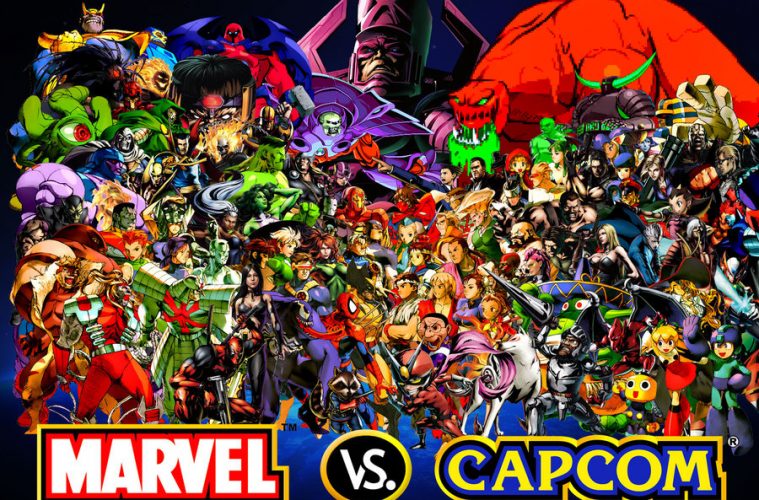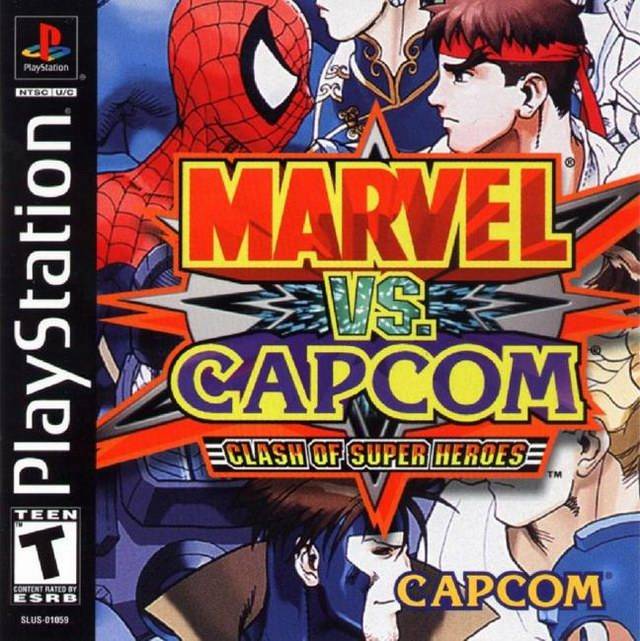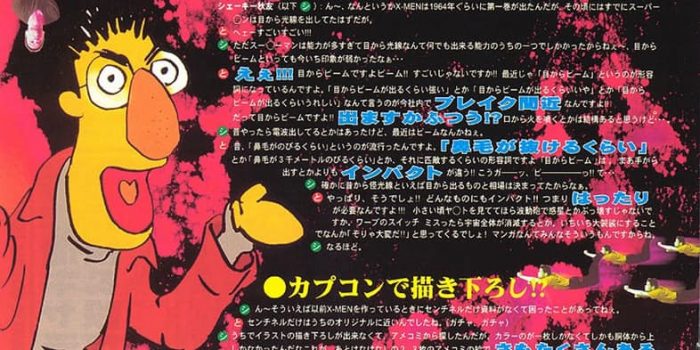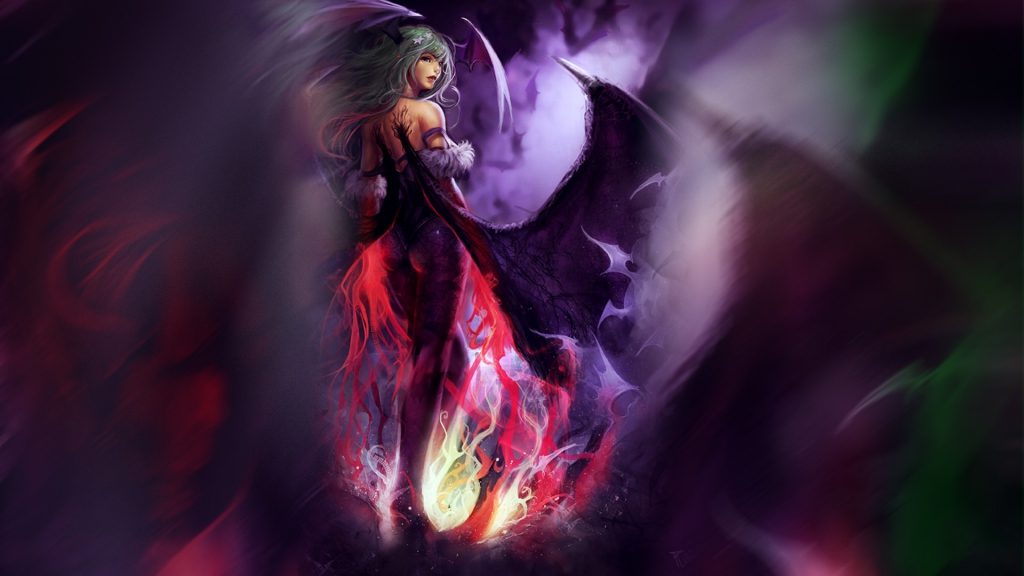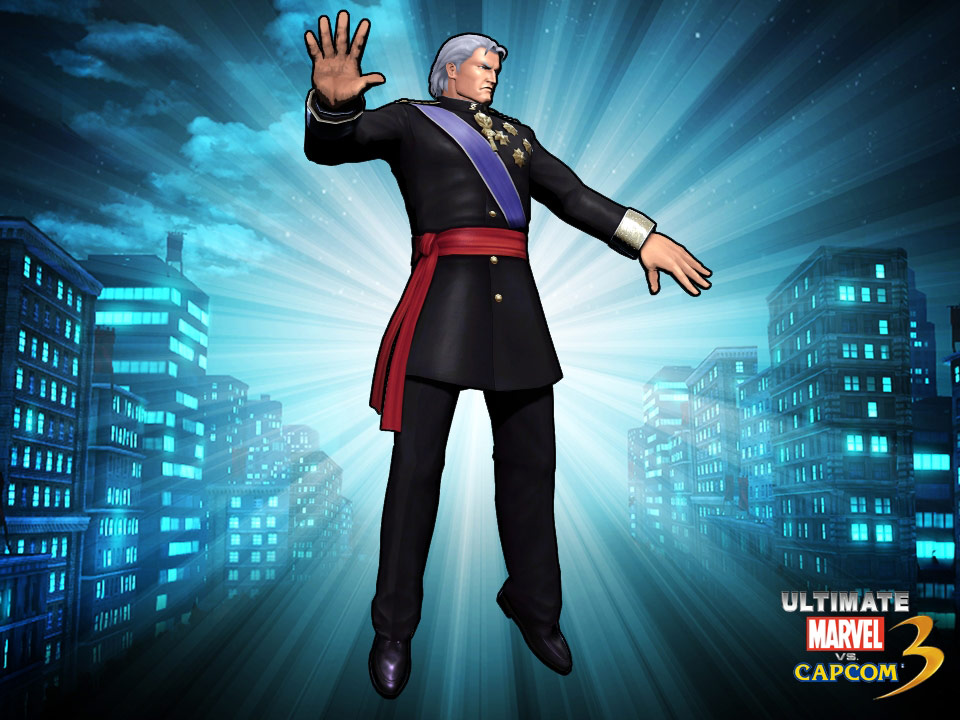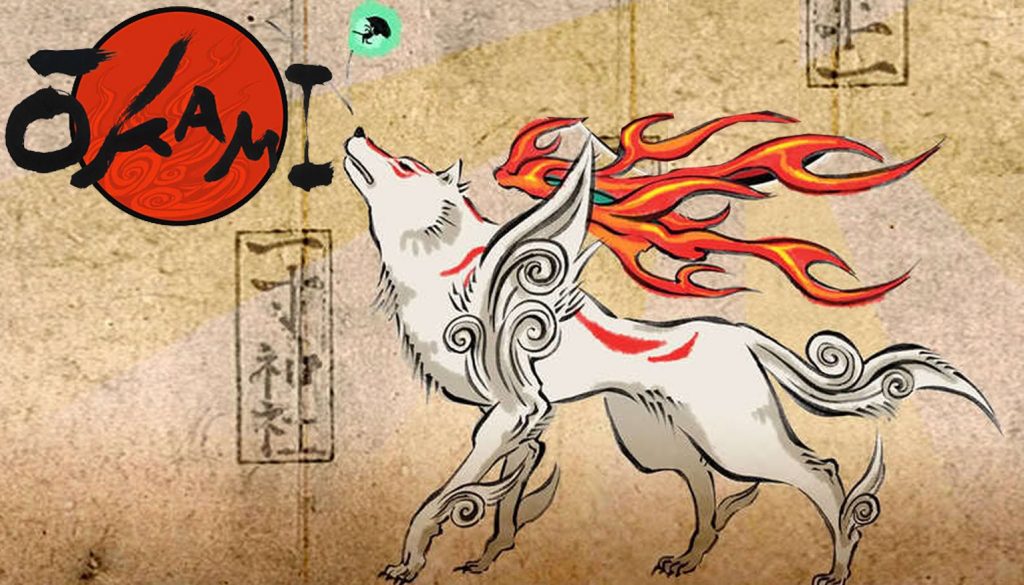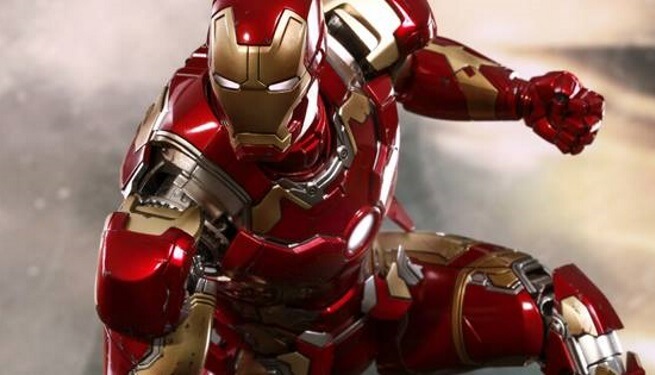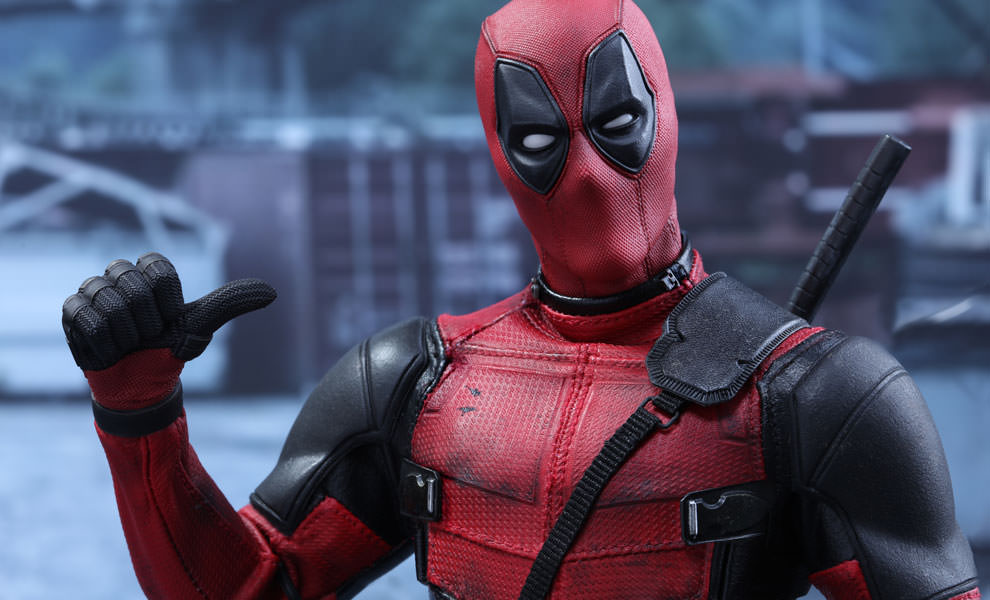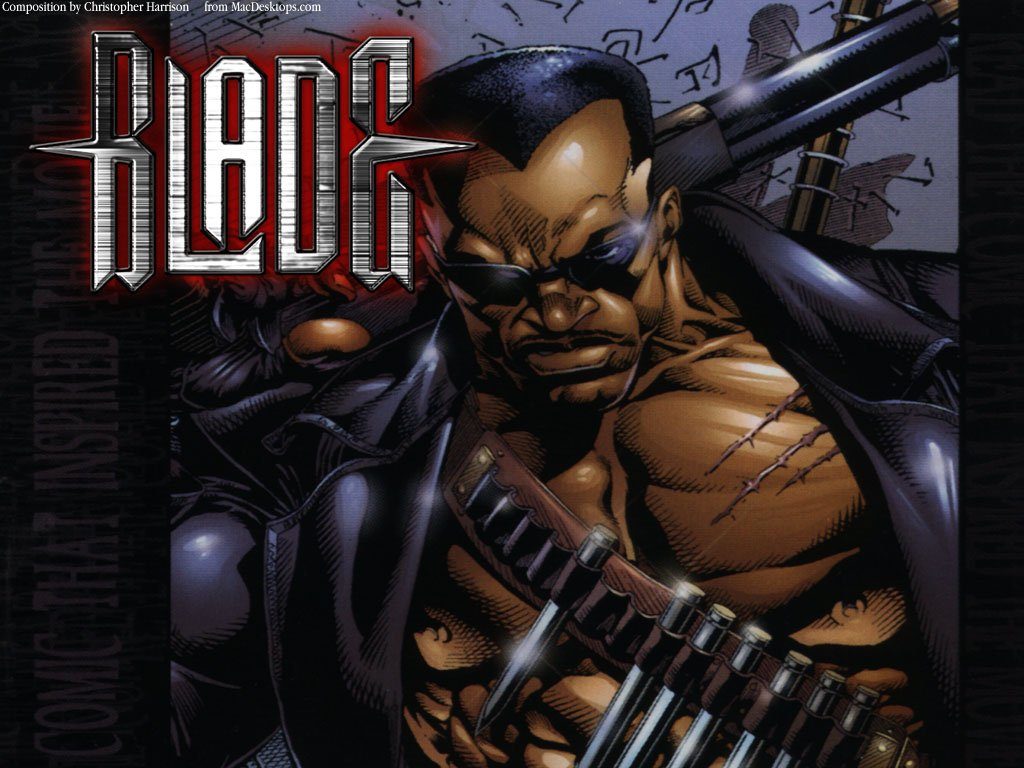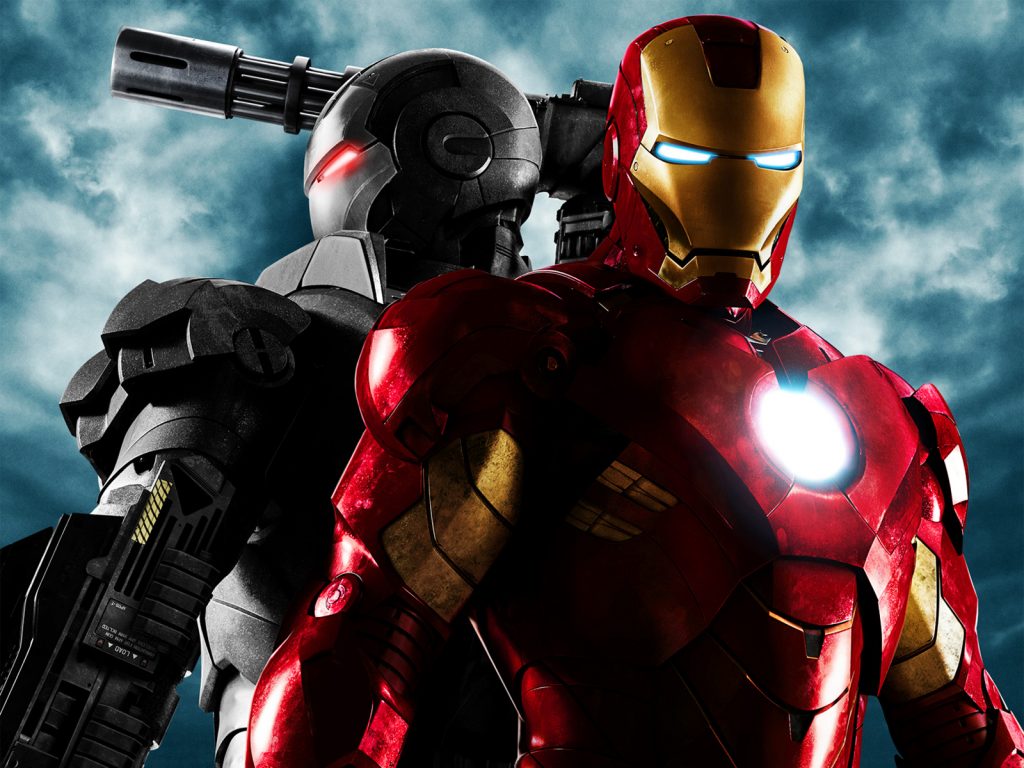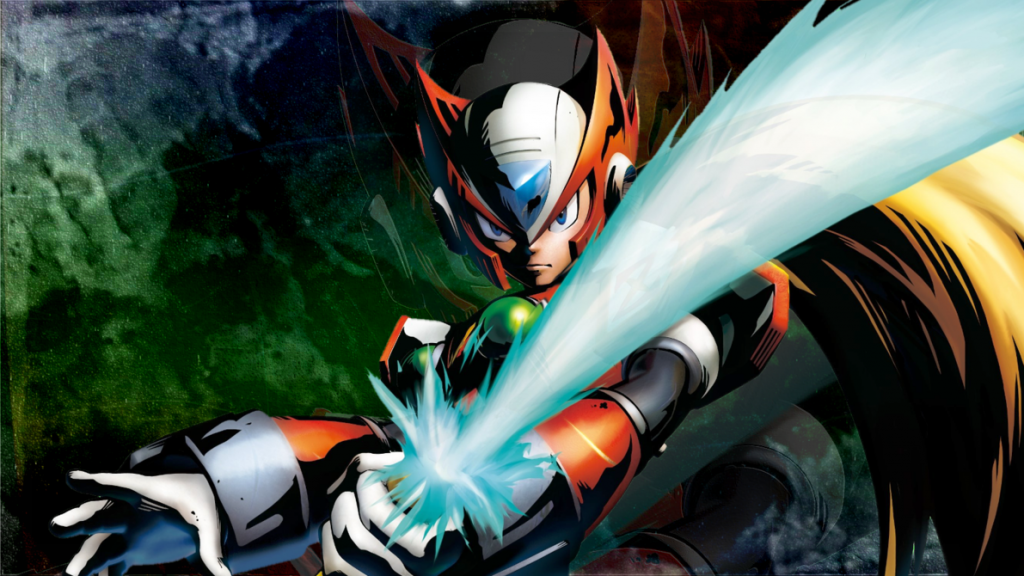Welcome to the seventh volume of 10-Hit Combo; the series for ActionAGoGo which takes a look at ten facts about some of the most iconic fighting video game series’ of all time. Another fighting game to take prominence as of the fifth generation has been the Marvel Vs Capcom series. Introducing features such as tag team fighting, later adopted by other major fighting game franchises such as Tekken, Marvel Vs Capcom has continued to impress fighting game fans worldwide with three distinct entries in the series, several re-masters and re-releases, and a fourth game coming in later 2017. The origins of the series make for fascinating reading, and there have been a great deal of interesting references and Easter eggs thrown into each game for good measure, so without further ado, here are ten facts about Marvel Vs Capcom.
Though the first official game in the series was released in 1998, the relationship between the two companies in terms of games development goes back much further than. The first game they developed in collaboration with one another was the Punisher back in 1993, but it was the following year that would prove to be the most instrumental in shaping the series. In 1994, they released a fighting game called X-Man; Children of the Atom, which was universally acclaimed by critics, along with their next fighting game venture Marvel Super Heroes, released the following year. The first crossover game came in the form of X-Men Vs Street Fighter, which borrowed mechanics from the classic fighting game series, and establishing later tropes adopted by the main series. And eventually in 1998, the first Marvel Vs Capcom game was released, replacing X-Men and Street Fighter characters with other Marvel character and Capcom characters respectively, such as Mega Man, Captain America, The Hulk and Strider Hiryu.
The first game was a commercial and critical success due in no small part to the attractive roster of characters such as Ryu and Chun-Li from Street Fighter hashing it out with Marvel icons such as Spider-Man and Wolverine. However, one planned obscure character intended for inclusion in the game was Tomichin. A caricature of the game’s designer, Atsushi Tomita, who had worked extensively on prior games preceding the main series, as well as Strider 2, Tomichin first appeared in documents known as Secret Files, which would typically be bundled with arcade releases. Ultimately, though the character was included in the game’s code, it was ultimately decided that he would not appear in the game. However, he did appear in the Secret File for the arcade release of Marvel Vs Capcom.
Though Dead or Alive is the most infamous fighting game for the factor of sexual reference by some distance, the Marvel Vs Capcom series has also garnished controversy in this respect. Morrigan Aensland from Capcom’s Darkstalkers series is featured in the original game, and her victory pose in the Japanese version of the game raised eyebrows, featuring a strong theme of bondage and sexual domination. The victory pose was changed for the overseas release of the game, but regardless of this, Morrigan has been voted by many gaming outlets as one of the most iconic fighting game characters of all time.
Morrigan is also not the only character to have caused controversy within the series. Magneto of the X-Man series, who has appeared in every game in the series since Marvel Vs Capcom 2, was given an alterative costume for the release of the Ancient Warrior DLC for Marvel Vs Capcom 3. The skin was taken from a Marvel comic series called House of M, which had an extremely limited print run. The house of M was a team of Marvel villains consisting of Quicksilver, Polaris, Magneto and his daughter Scarlet Witch, as well as her two children William and Thomas. However, the House of M Magneto costume skin for Marvel Vs Capcom 3 garnished controversy in Spain due to the character’s consequential resemblance to King Juan Carlos of Spain.
The release of Marvel Vs Capcom 3: The Fate of Two Worlds was unanimously the most significant release of the series; and pending the arrival of Marvel Vs Capcom; Infinite, has remained so to do this day. It gave both Marvel and Capcom the opportunity to bring a great deal of more obscure characters into greater prominence, such as Viewtiful Joe from the Capcom series of the same name, and Shuma-Gorath from the Marvel short story The Curse of the Golden Skull. However, another obscure, but welcome addition to the series, was Amaterasu from Capcom’s underrated adventure game Okami. The developers also planned to create a stage based on the game along with the character, but it was ultimately scrapped due to the technical requirements needed at the time, since the game Okami relied heavily on cel-shaded visuals, and would not have been technically able to fit in with the visual tableau of the rest of the game.
Iron Man is arguably Marvel’s most iconic character. His portrayals in comics, movies and video games have helped to popularise Marvel comics in recent years, and his appearance and prominence in popular culture has increased dramatically. Capcom originally wanted to feature Iron Man from the inception from the series, but they were unable to due to licensing issues, with the developers having to settle on the inclusion of War Machine instead. At the time of the release of the original game, Acclaim Studios held the license at this point to develop an Iron Man game for the PlayStation and Sega Saturn called Iron Man & X-O Manowar in Heavy Metal. The game was universally panned by critics however, making Iron Man’s absence from the first Marvel Vs Capcom title all the more lamentable.
Though Marvel were aiming to add more obscure characters to their roster, Deadpool’s inclusion came as a surprise to no one at the time, even prior to the character gaining the overwhelming popularity garnished back in 2016 with the release of the titular film, since fans of the series predicted that he was going to be a part of the roster at some point or another. However, references to series’ can also work both ways at times. In issue #27 of Deadpool, he asks Kitty Pryde whether or not she had ever played Street Fighter, and before she can finish, Deadpool performs the Shoryuken on her, alluding to the iconic fighting game series.
Whilst considering their roster, Marvel also toyed with the idea of featuring Blade, from the comic series and film trilogy of the same name. However, the idea was ultimately scrapped due to Marvel not wanting to include too many characters that used swords as a primary weapon, since they already had the likes of Deadpool, Zero and Taskmaster. There was also code found in the game’s ROM to suggest Dr Octopus was also going to be featured in the game. Likely reasons for his exclusion from the game are factors such as technical capability or possibly providing players with a potentially unfair advantage over other characters or rival players.
Despite the developers not being able to include Iron Man in the original game, they did, however, feature his theme tune in homage for the inclusion of War Machine in the game. There was also a subtle homage to this included in Marvel Vs Capcom 3. For Iron Man’s stage, a remix of War Machine’s character theme was included. Many fans have consequentially begun to speculate that both Iron Man and War Machine will feature in Marvel Vs Capcom Infinite. Iron Man has already been confirmed, but fans still eagerly anticipate whether or not War Machine will also feature.
As part of wanting to include more obscure characters, Capcom included Zero from the Mega Man X series. But even more obscure than that are the facts surrounding her moveset. Many of Zero’s moves were taken from Mega Man X games starting from Mega Max X3, where Zero first became a playable character. The Z-Buster move first originated from X3, the Hienkyaku, Ryuenjin and Shippuga all came from X4, the Sougenmu and Genmu Zero are from X5, the Sentsuizan and Rekkoha are from X6 and finally, the Hadangeki and Raikousen moves are from X7 and X8 respectively.

